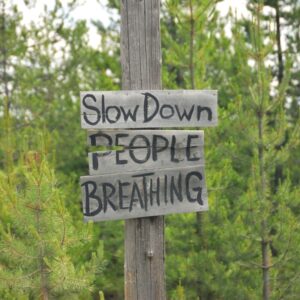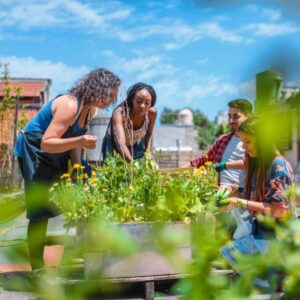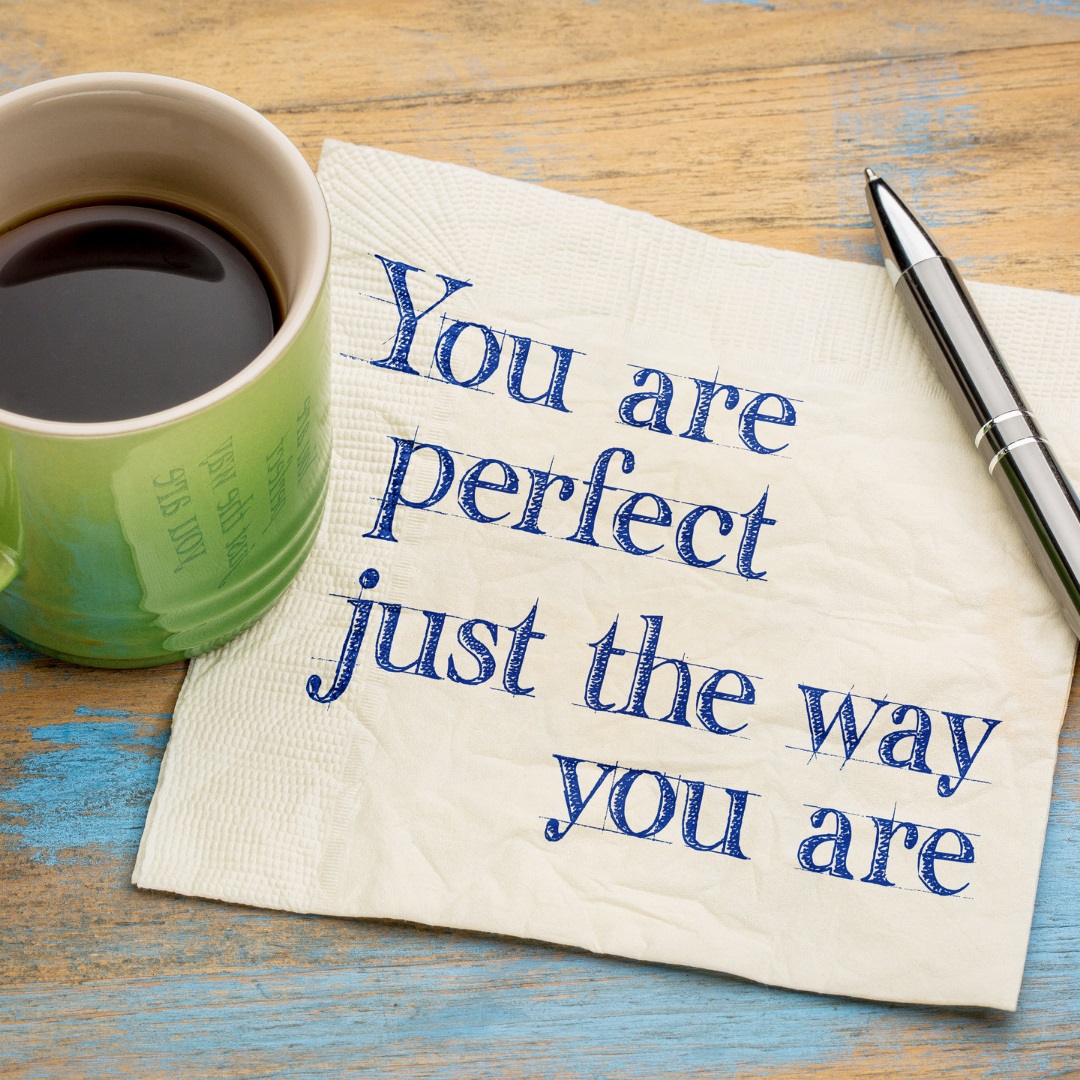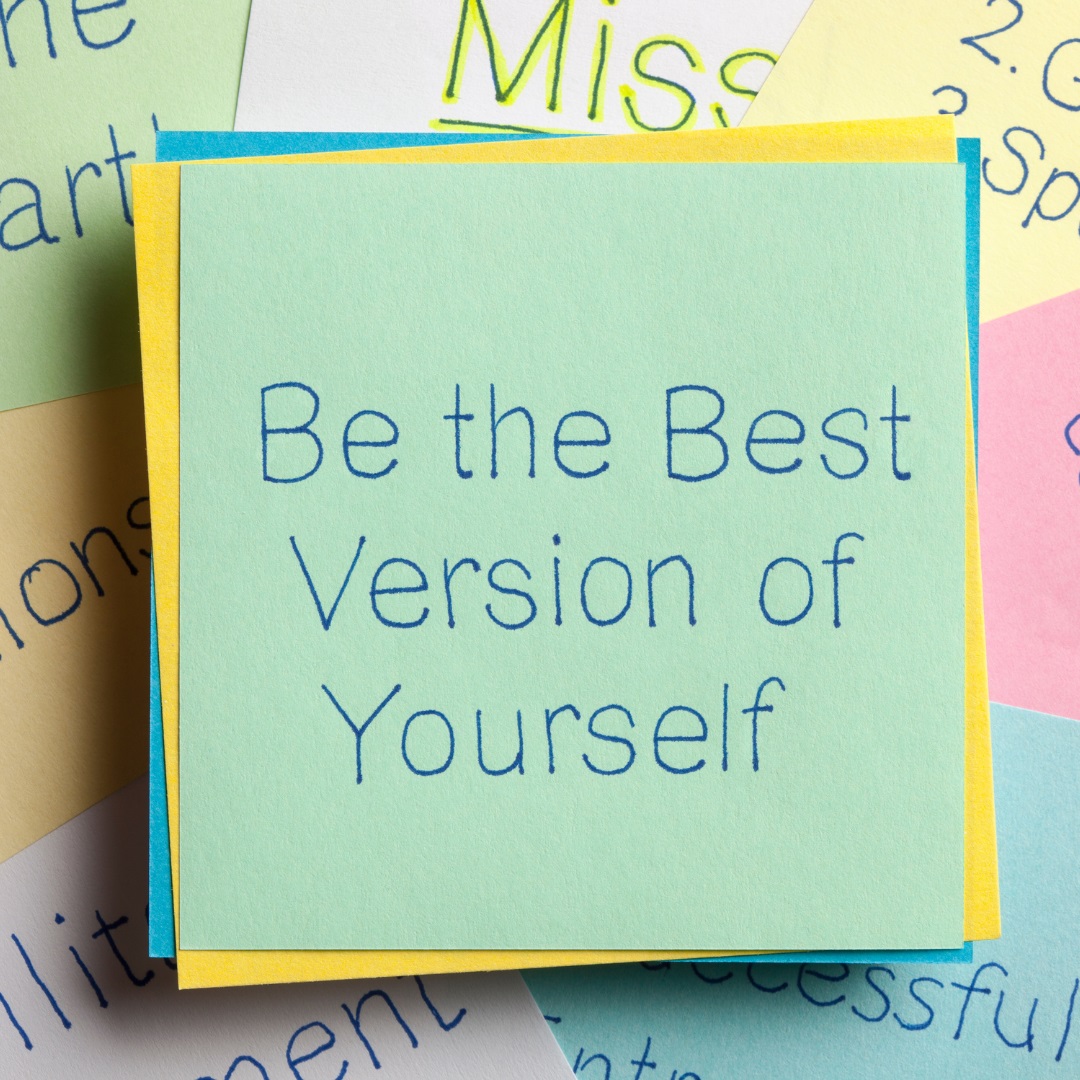 Slow living has grown popular. However, its main lesson is to consume less and move more slowly in everyday life.
Slow living has grown popular. However, its main lesson is to consume less and move more slowly in everyday life.
Everyone seemed to be aiming for a simpler, more sustainable, and meaningful life.
The trend is toward simplicity, whether it’s decluttering or condensing your holiday plan.
Slow living can entail anything from careful eating to vacation planning.
It is a set of values that asserts that faster is not always better. Slow living, despite its growing appeal, is frequently misinterpreted.
Here Are Six Important Slow Living Elements:
1. A Slower Approach to Daily Life
If you’ve ever worked in business or tried to get a group of friends together for coffee, you’ve probably heard the phrase, “I’m so busy.”
The comment is sometimes spoken with a sense of pride because “being busy” symbolizes “being important” in our culture.
Society reduces your worth to what you can produce and consume. In this age of branded tees and never-ending WhatsApp meetings, taking your time is a luxury.
Then there’s the grind culture, which glorifies busyness. It asserts that working overtime and sleeping in the office demonstrates your enthusiasm, dedication, and drive.
A full calendar does not imply that you have a full life. A frenetic pace through your schedule does not imply productivity.
Slow living at work is focusing on tasks that provide results and avoiding busy work.
2. Mindfulness and Awareness of Your Environment
Mindfulness is a tried-and-true tool that psychologists advocate for dealing with depression and anxiety.
 Being present in your daily life entails developing habits such as journaling or meditation that ground you in the present moment.
Being present in your daily life entails developing habits such as journaling or meditation that ground you in the present moment.
These practices assist you in escaping the never-ending mental dialogue of fretting about the future or brooding on the past.
What is the connection between mindfulness and slow living?
A hurried lifestyle is a polar opposite of leisurely. It is racing through the day with no purpose or enjoyment.
Our daily life, therefore, becomes a series of challenges to overcome before the weekend arrives.
You enjoy life’s tiny pleasures and gain perspective on your challenges when you are more connected to the present.
Mindfulness has numerous health benefits as well. It aids in stress management, lowers blood pressure, alleviates chronic pain, and enhances sleep.
If you speed through your day and forget what you had for lunch, mindfulness might help you cherish the moments.
3. A Community Connection
Slow living entails being aware of how your lifestyle affects the environment and the global society.
 Supporting local farmers or engaging with people for a more authentic travel experience can be examples of this.
Supporting local farmers or engaging with people for a more authentic travel experience can be examples of this.
Slow living is an antidote to being continuously online and disconnected from people, with conversation reduced to “likes” and comments.
Slow living is investing in your local community and devoting time to the connections that enrich your life.
It’s about regaining the art of communication and engaging in analog activities such as board games and phone-free dinners.
It all comes down to being a good listener. And about developing friendships based on shared beliefs and interests.
When you confuse social media for communication, you feel lonely and depleted. Traveling solely to photograph major tourist sights is a disservice to local communities.
Slow life is about appreciating genuine relationships and understanding that we are all interconnected.
4. A Purposeful Commitment
Slow living entails focusing on meaningful work and living intentionally. But it’s also about meaning.
Whatever decisions we make are deliberate. There is no following the crowd or doing what is trendy.
Slow living entails recognizing your values and allowing them to drive your decisions.
It entails using technology for a specific goal rather than simply installing the most recent apps because you don’t want to lose out.
It entails eliminating tasks that do not contribute to a larger goal.
What Is Slow Living? | Slow Living For Beginners Video:
5. Understanding that Faster is not Always Better
Numerous tools and gadgets available, ranging from toasters to smartphone filters, that promise faster and easier results than previous generations.
It’s vital to remember that speed isn’t always better. And, like it or not, the best things in life cannot be hurried.
We are wired as humans to enjoy working with our hands and developing talents that take years to develop into art forms.
Slow life does not imply abandoning technology or instruments. However, meaningful insights and life-changing adjustments take time.
6. Consumption Reduction
 Slow living is about resisting materialism and believing that material prosperity gives happiness.
Slow living is about resisting materialism and believing that material prosperity gives happiness.
A deliberate and thoughtful way of life does not imply minimalism or monastic austerity. It does not imply a house full of beige staples and a capsule wardrobe.
However, the quest for status symbols and material items is designed to be endless. And it will never make you happy.
Slow life entails being content with what you have. It entails meaningful employment, close connections, and enjoyable recreation.
It’s understood that retail therapy only works for a limited time.
Slow Living Is An Art
Editing is essential to the art of slow living. That includes making tough decisions and saying “no” with grace.
Slow living can mean anything from streamlining your work to limiting your time on social media to devote more time to what truly motivates you.
Adding more slow-living hobbies (like yoga or reading) to your already-busy schedule will only upset you.
Slow living entails planning your day around your priorities.
This entails ruthlessly pruning and arranging your time to make room for what is important.





